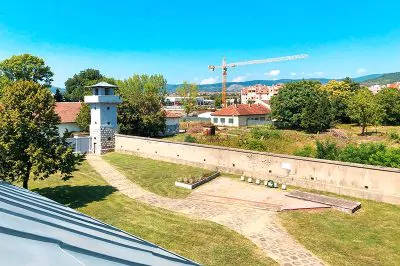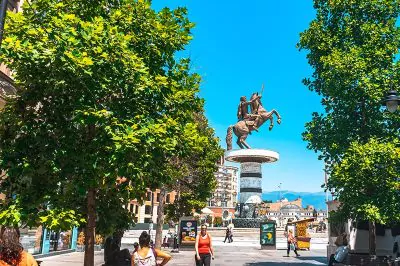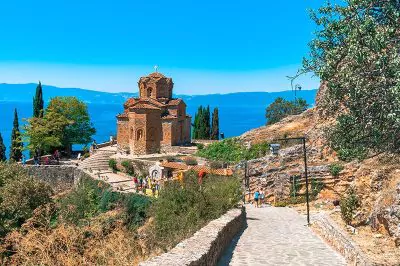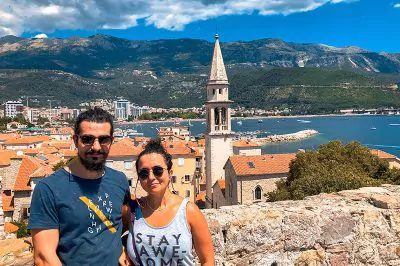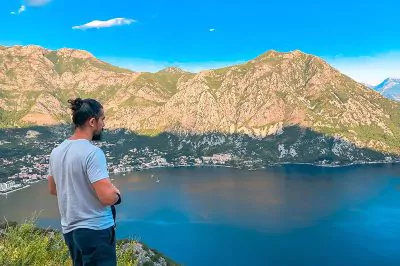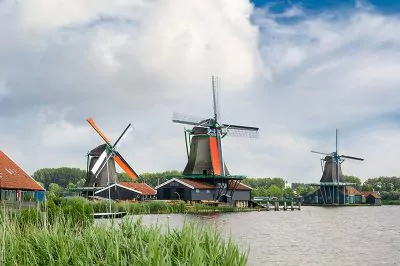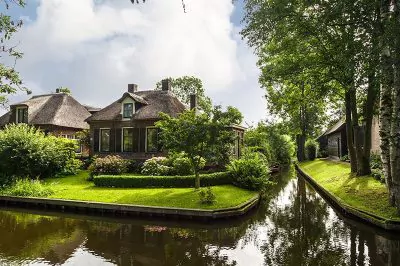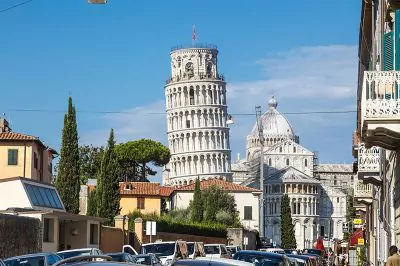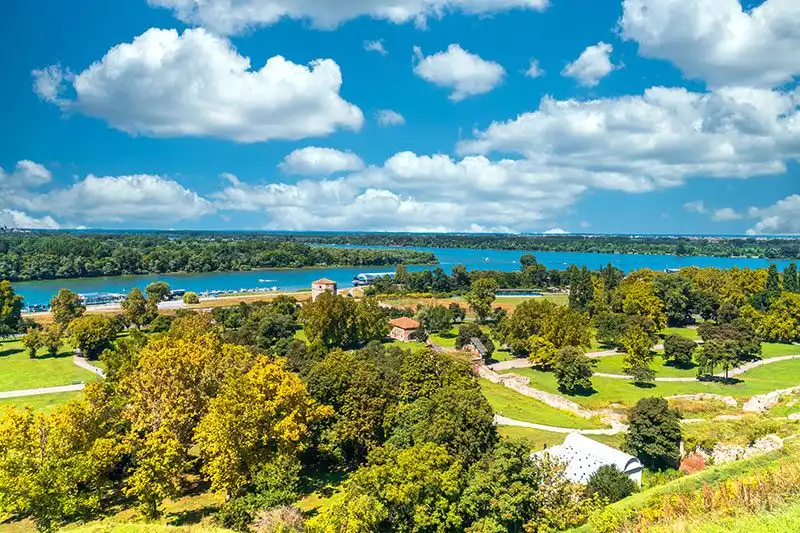
1 Day Itinerary in Belgrade
Belgrade, perhaps the most visited of the visa-free Balkan countries, is the capital of Serbia. You can organize a trip to Belgrade even on the weekend. Here is the Belgrade travel guide we have prepared for you.
There are many sightseeing spots that make Belgrade attractive with its cultural richness and historical texture. Despite this, it is possible to visit the center of Belgrade in 1-2 days. You can check the map of Belgrade below.
Belgrade Fortress
In the 16th century, after the conquest of Suleiman the Magnificent, Kalemegdan was renamed Kale Meydan and is still called by the same name but in Serbian. There are historical buildings such as the Turkish bath, the cannon foundry, the gunpowder works, the Damat Ali Pasha tomb, the clock tower and the dungeon gate. Since it was used as the headquarters of many states, you can also see monuments and entrance gates named after states other than the Ottoman Empire.
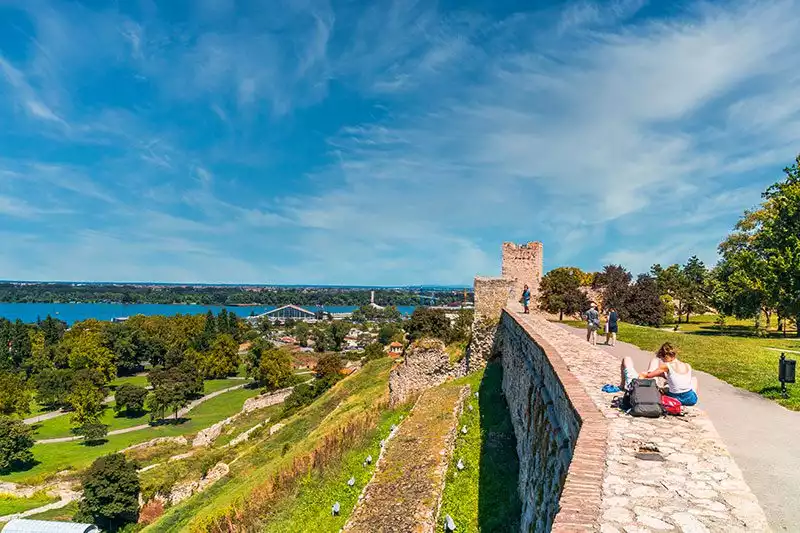
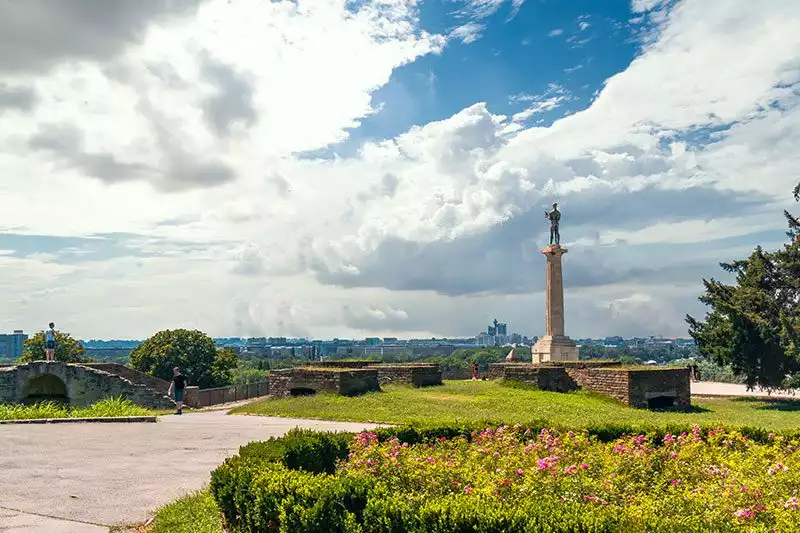
The Sava and Danube rivers flow through the center of Belgrade. If you go to the river side of Belgrade Fortress, you can see the confluence of the Danube and Sava rivers. Entrance to the castle is free. The area is big and the view is great.

Belgrade Military Museum
If you are interested in military equipment and vehicles, you can see the tanks, cannons and missiles on display next to the Kalemegdan fortifications. For more, you can visit the Belgrade Military Museum building to get an idea about the statesmen of this region, learn about the wars fought in the region and see hundreds of objects of military weaponry from the ancient times to the present day.
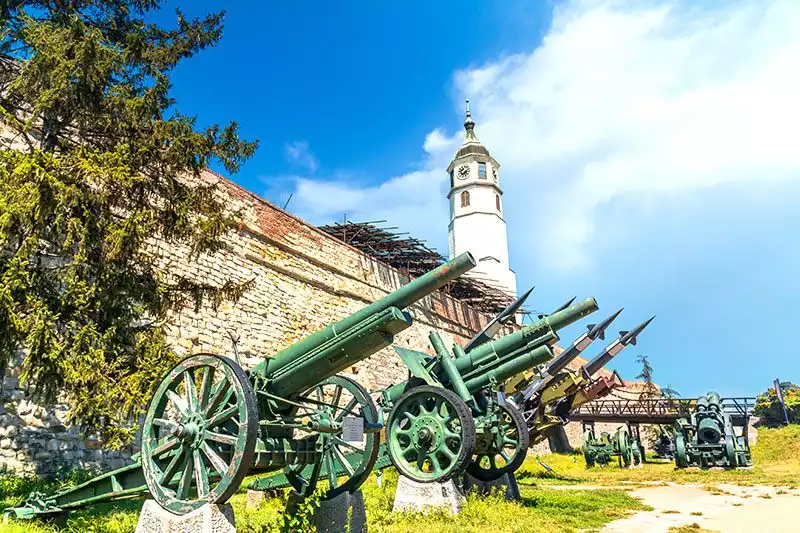
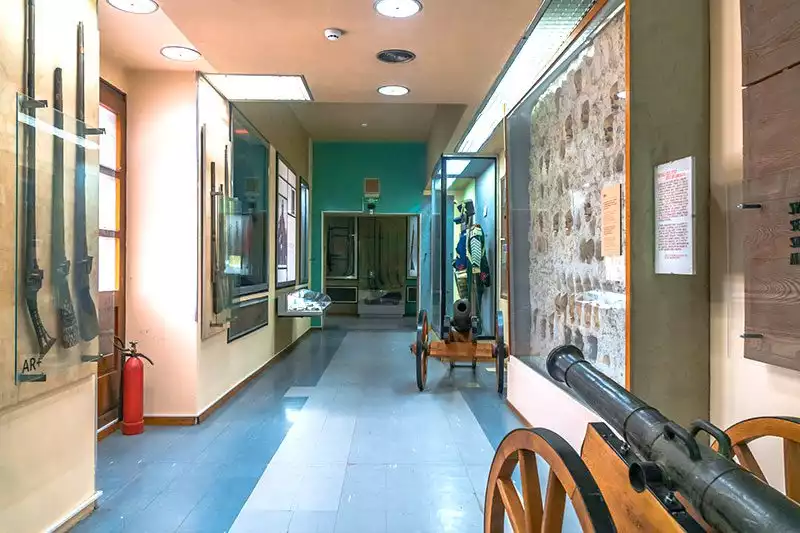
Belgrade Ethnographic Museum
This is a Serbia-themed ethnographic museum. You can see samples of rugs, models of village houses and farms, tools from old professions, tools used in farming and fishing, old clothes and recreations of the rooms of old houses.
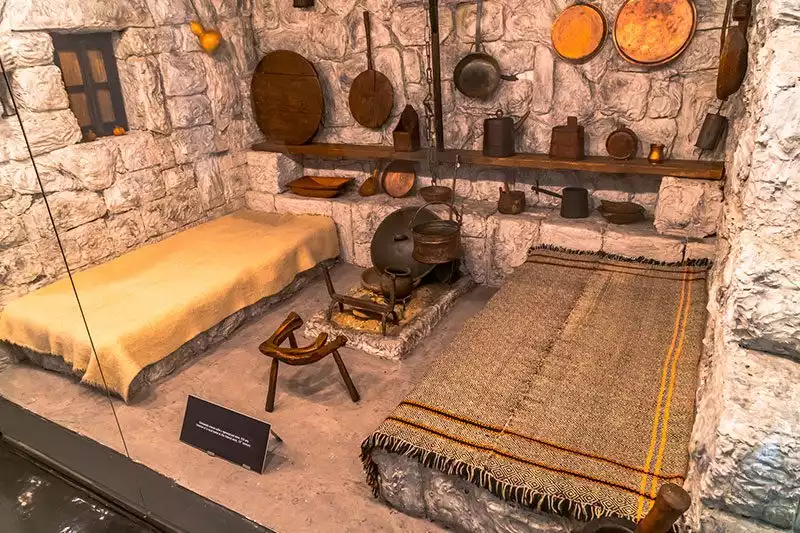
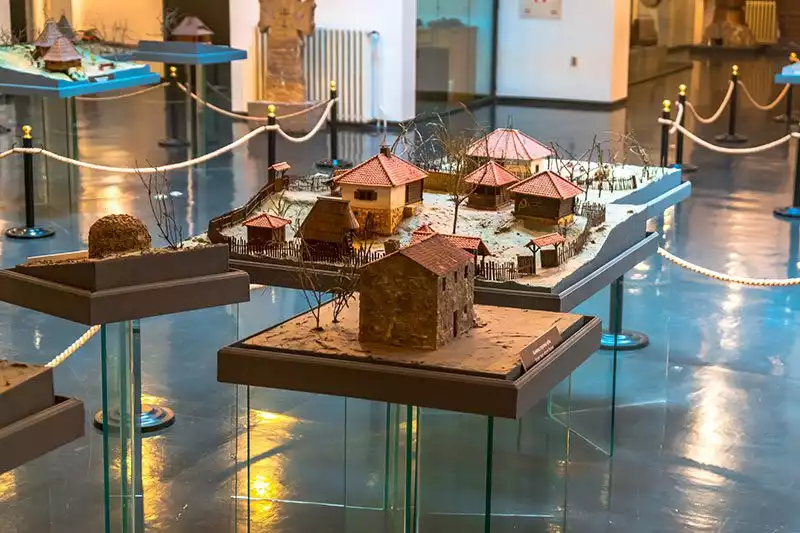
National Museum of Serbia
Belgrade’s famous square is Republika Square. In the center is the statue of Prince Mihailo, who put an end to the Ottoman rule over Serbia. One side of the square faces the Belgrade National Museum.
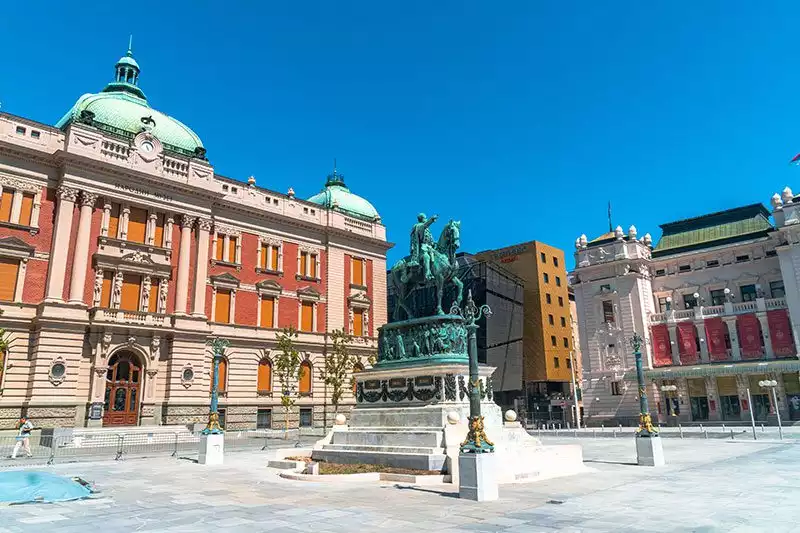
The National Museum of Serbia was founded in 1844. The artifacts in the museum are arranged chronologically. The galleries start from the ancient period. The upper floors of the museum are used as art galleries. There are thousands of paintings, drawings and artifacts inside. If you want to visit all the galleries, it will take you a couple of hours, because the museum is big and has three floors. The National Museum is located next to Belgrade’s square, Republic Square.
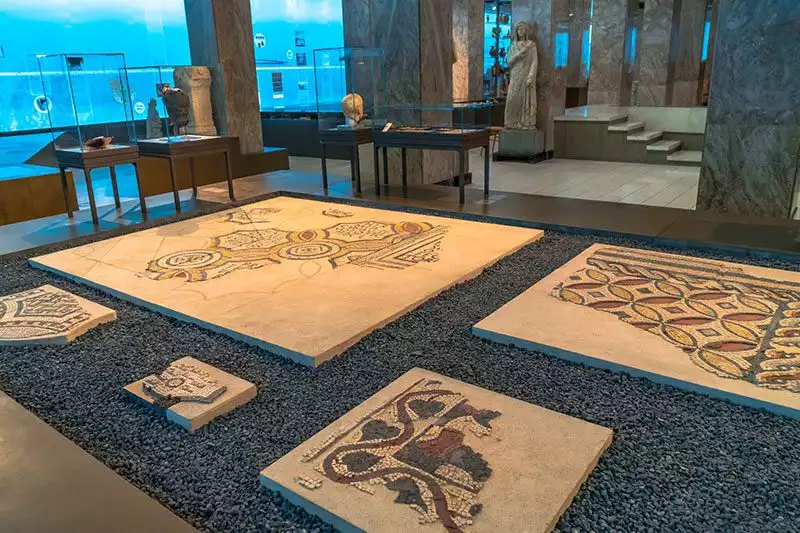
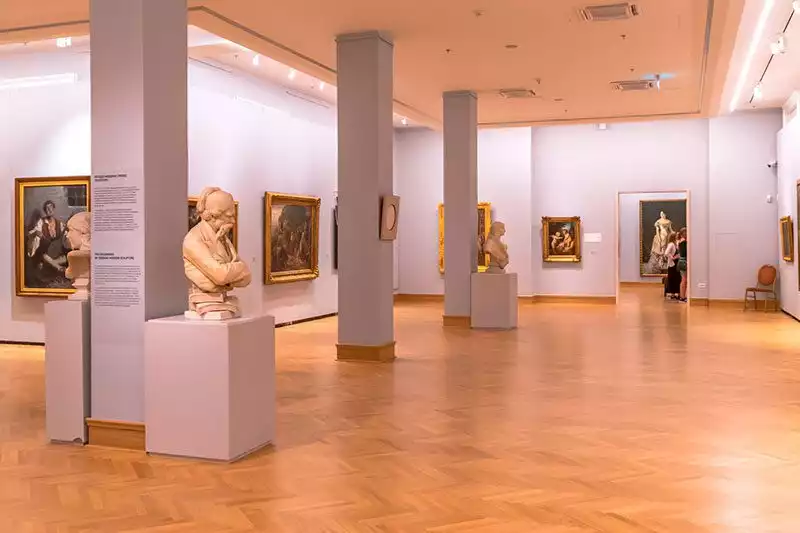
Belgrade Museum of Science and Technology
A museum with very few visitors. Belgrade Museum of Science and Technology is a museum where inventions are exhibited. There are technological items that were used in the past such as old telephones, calculators, computers, cameras. It is a 3-story museum about the history of science and technology. If you like looking at historical items, you won’t get bored. I can say that it is a bit inferior to the science museums in Turkey in terms of comparison.
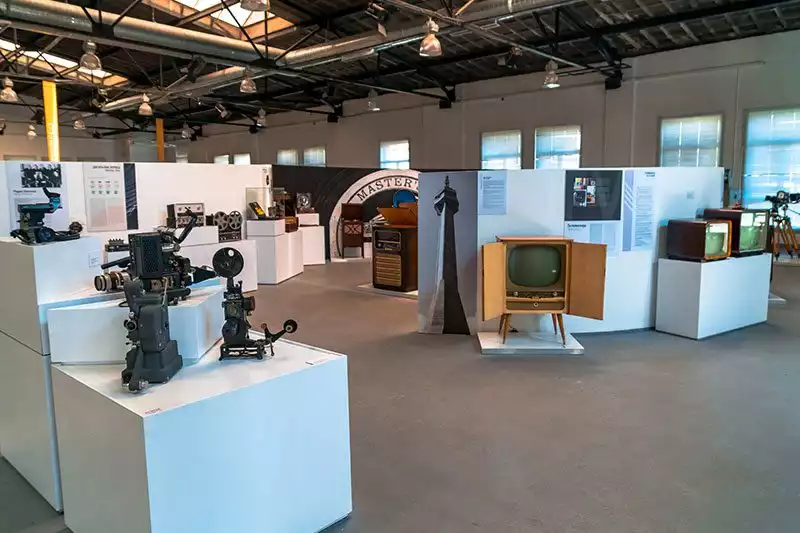
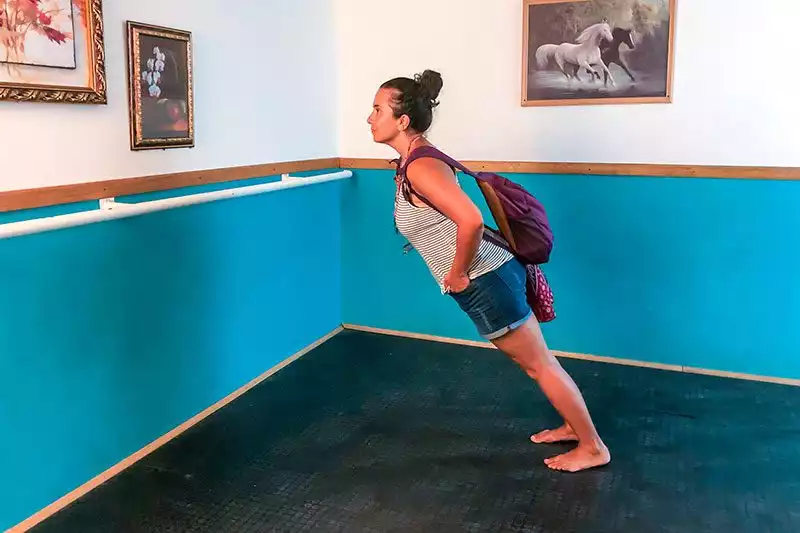
Nikola Tesla Museum
Our next stop is Nikola Tesla Museum. We have to walk a bit to get to the museum because it is located a bit out of the center. The Tesla Museum is a museum where we can see Nikola Tesla’s inventions and experience them if we are accompanied by guides.
[postlink id=”23697″ title=”Nikola Tesla Museum”]
We can see many of Tesla’s inventions that we still actively use today, Tesla’s belongings and the section where Tesla’s ashes are kept after his cremation after his death. The museum is very small, but it can be preferred because it is a museum belonging to Tesla, who did a lot of work on electricity. We liked it very much.
St. Sava Cathedral
The Cathedral of St. Sava is one of the largest Orthodox churches in the Balkans and even in the world. St. Sava was a prince who lived in the 13th century. He also has an important place for Serbs. In the 16th century, after the bones of St. Sava were moved here from another church during the Ottoman period, the Serbs built this building in his memory. The construction of the cathedral, which has been constantly interrupted due to wars, is still ongoing.
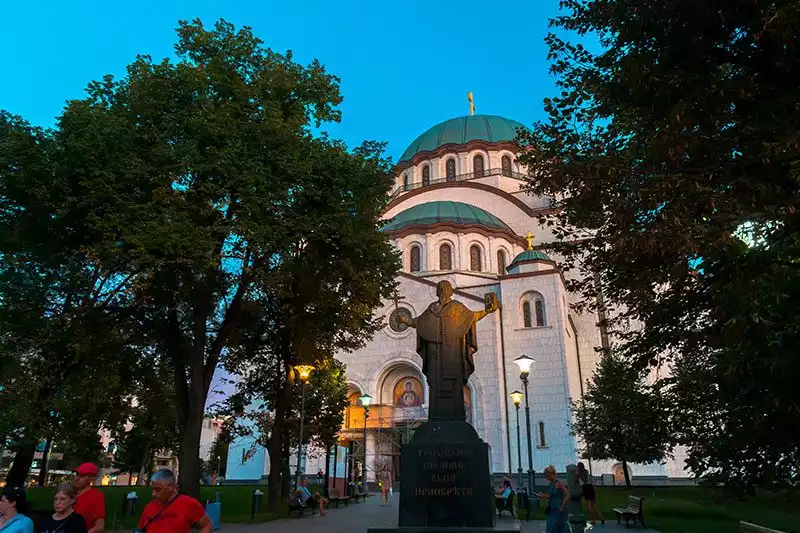
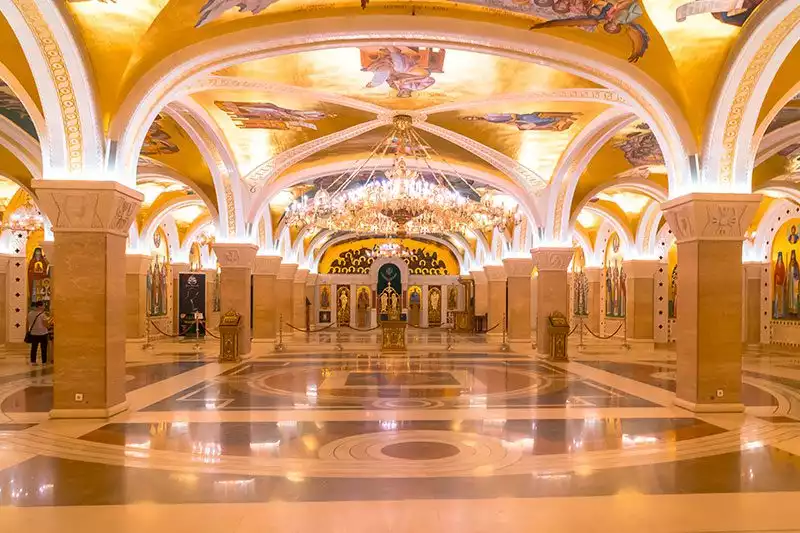
When we visited, the cathedral was under renovation and only part of it could be visited. The lower floor was completely renovated and the murals were repainted. Since the gold color is used extensively, it looks really bright with the lighting.
In short…
Even though Belgrade is bigger than the city centers in other Balkan countries, you are still within walking distance of each other. Therefore, you will not need to use public transportation.
Serbian dinar is used in Belgrade instead of Euro. The currency in Serbia is the dinar, RSD. Since the Serbian dinar has a lower monetary equivalent than TL, markets and restaurants are cheaper in Belgrade and Serbia. For this reason, you can have the opportunity to taste Balkan dishes in good restaurants because they are cheaply priced.
Time seems to flow a bit slowly in the Balkans. Because when you go to a city in the Balkans, the human population and the vehicle population in the city are not as crowded as in our country. People don’t rush from one place to another, because everywhere is close to each other. Therefore, they don’t spend most of their time on the roads like we do. When you enter those cities, you can do things quickly because you can reach the point you want to reach quickly. This saves you time, time seems to pass slowly.
One of Serbia’s Cultural Monuments is the Old Belgrade Railway Station, the old main train station built in the 1880s. Although it was badly damaged during World War II, it was repaired and restored to its present state within a few years. In 2018, it was completely moved and became unused.
Çukur Tap, a sculpture reflecting the struggle for independence of Serbia, one of the great cities of the painful Balkans, is actually a fountain. On the seemingly insignificant fountain, there is a sculpture of the body of a murdered girl. It is said that the revolt by the Serbs against the Ottoman rule in Serbia started from this spot.
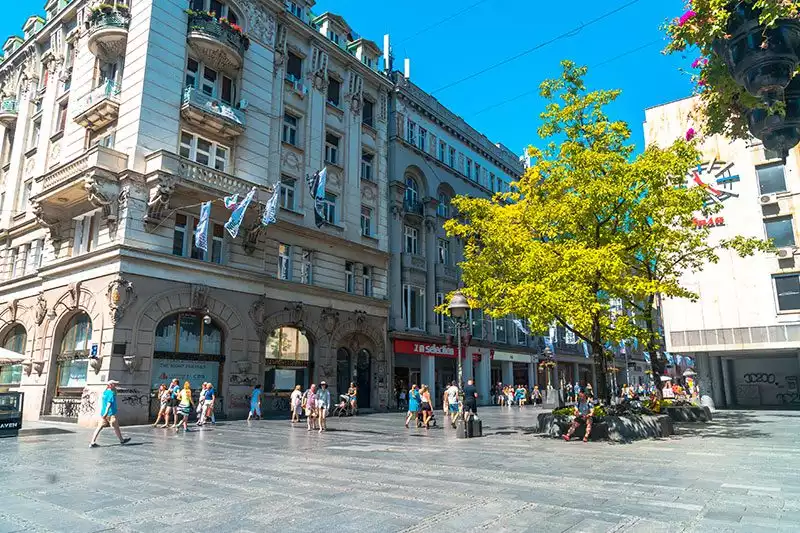
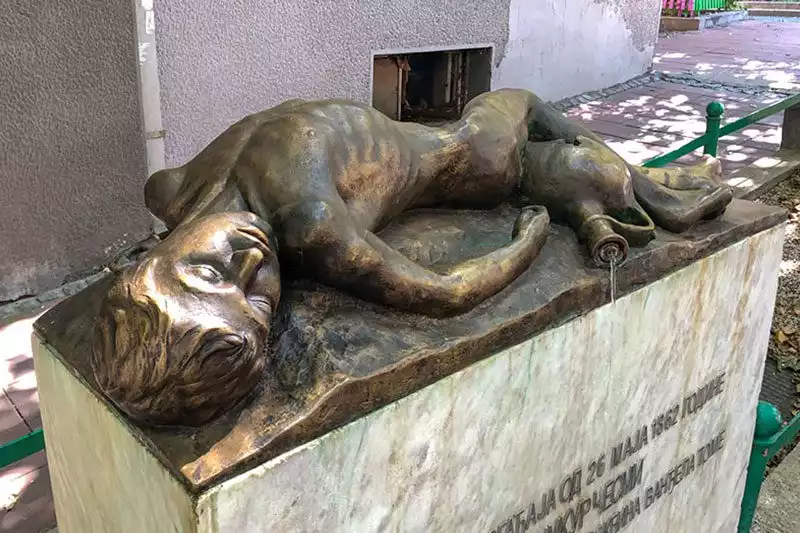
Where is Belgrade and how to get there?
Belgrade is the capital of Serbia and there are direct flights from Istanbul to Nikola Tesla Airport. After landing at the airport, you can take the number 72 bus or A1 minibus to the city center. You can buy tickets for the buses from kiosks, and if you buy them from the drivers, you can get them for about 2 times the price. For A1 minibuses, you pay the driver and the ticket costs 300 RSD.
Since there is no visa in Balkan countries, you can easily decide and buy your plane ticket. You don’t have to pay visa fees, you don’t have to worry about collecting documents, you don’t have to make appointments with visa application companies. You can travel to Balkan countries without any of these.
Balkan countries are 1-2 hours away from Istanbul by plane. Since there are direct flights and you have many city / airport alternatives to choose from when planning your trip, it is a region that can be evaluated. Transportation to the Balkans is much easier than going from one end of Istanbul to the other. If you plan your trip a few months in advance, you can find very cheap tickets, accommodation and car rentals.
